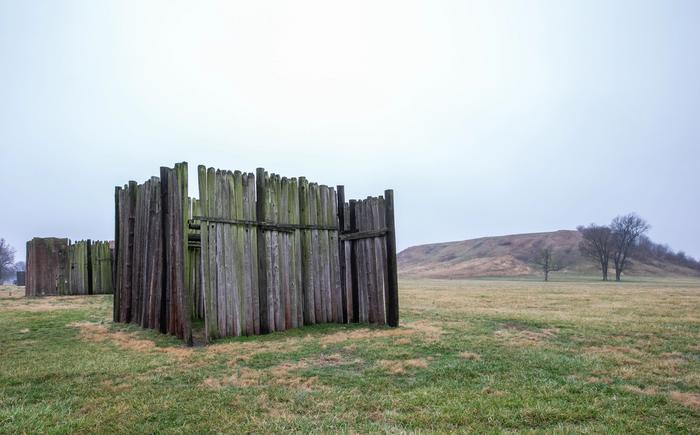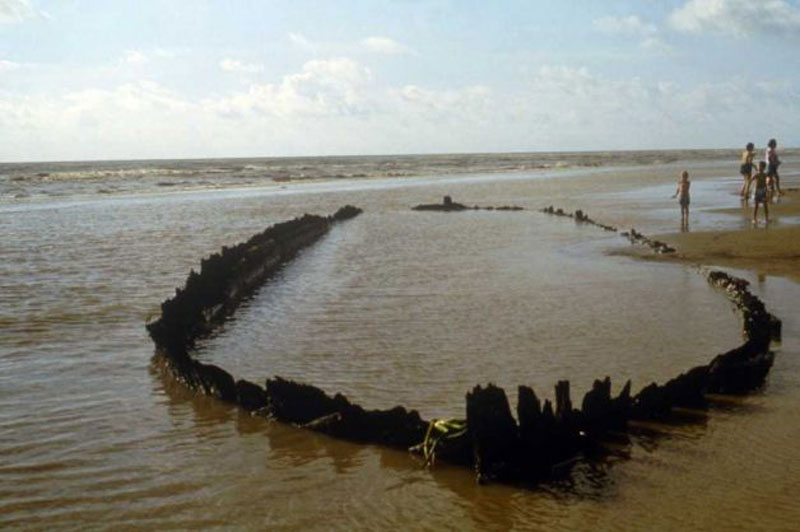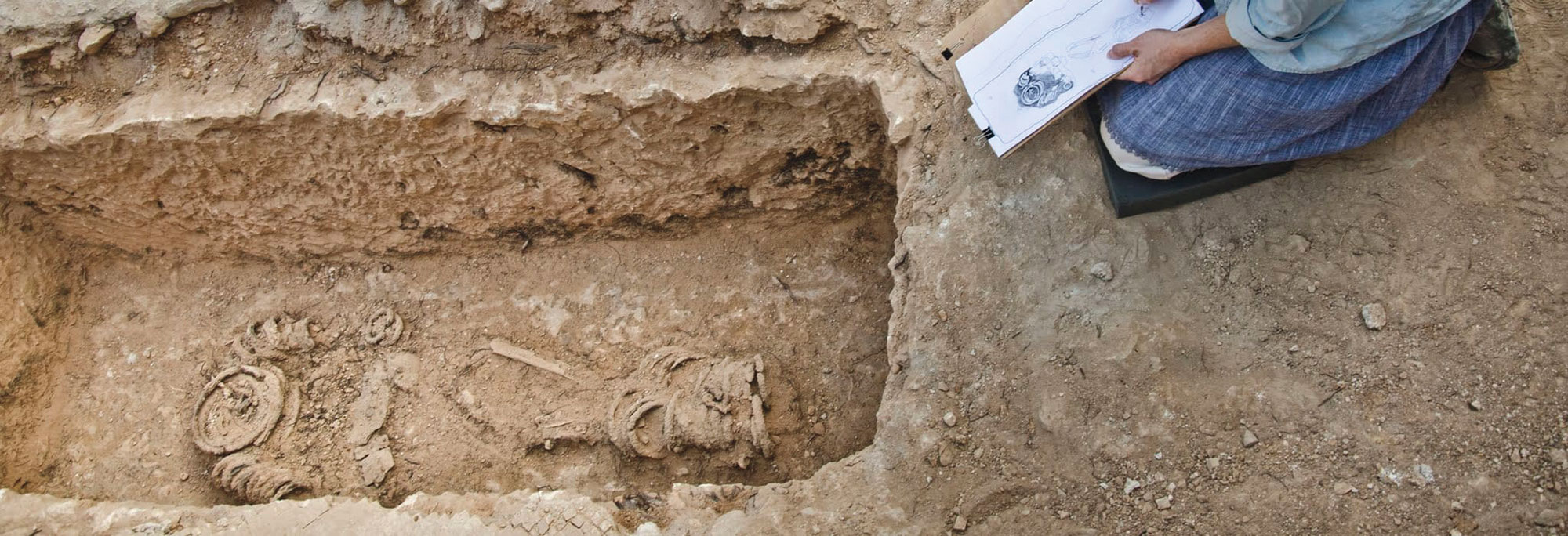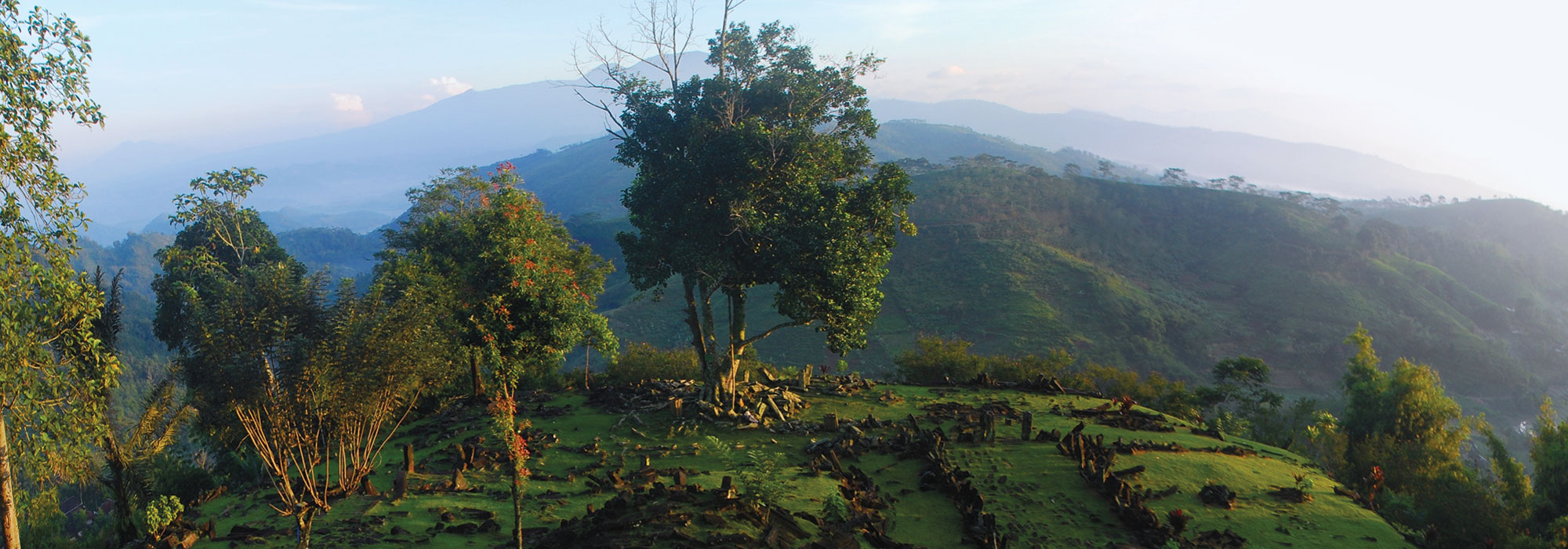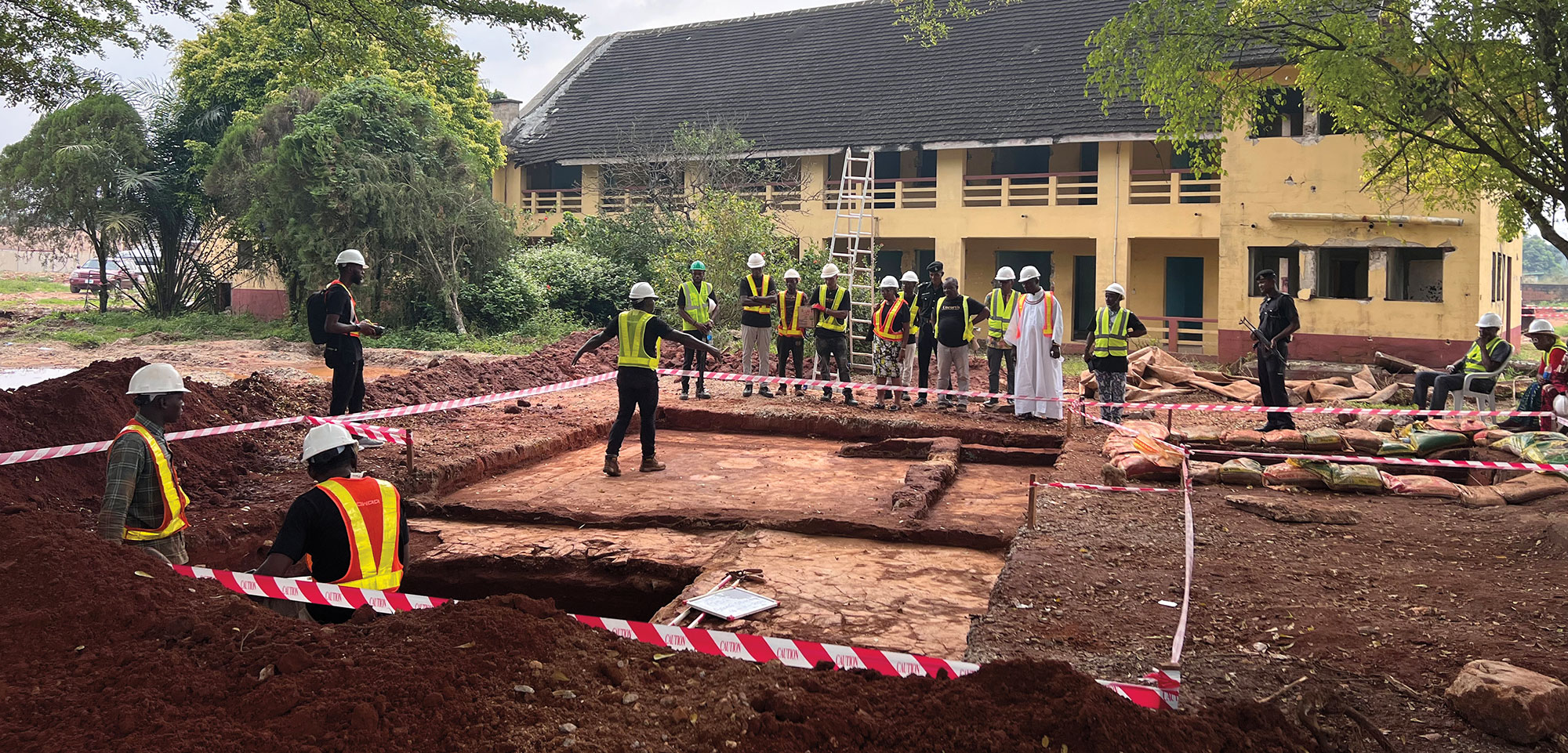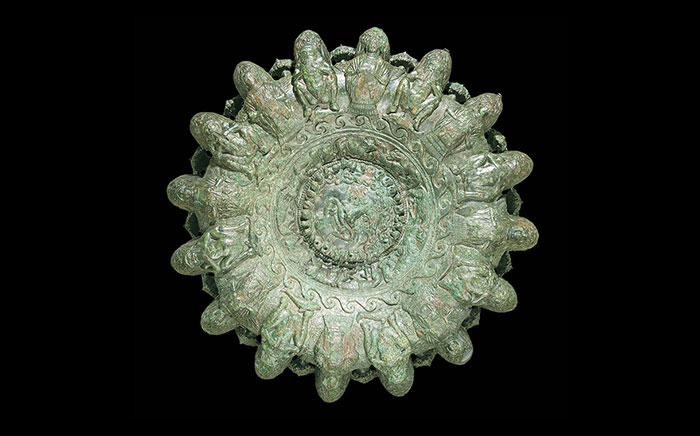
ST. LOUIS, MISSOURI—According to a Newsweek report, Natalie Mueller of Washington University and Caitlin Rankin of the U.S. Bureau of Land Management and their colleagues examined soil samples from Cahokia Mounds State Historic Site, which is located along the Mississippi River in southern Illinois. Previous studies have suggested that the city was founded in the eighth century A.D., and was home to tens of thousands of people, until it was abandoned around 1400 due to crop failure brought about by drought, flooding, and climate change, as well as social and political instability. But the new soil analysis, which measured levels of carbon isotopes over time, determined that the types of plants that were grown in the area did not change significantly during the long drought period. “We saw no evidence that prairie grasses were taking over, which we would expect in a scenario where widespread crop failure was occurring,” Mueller explained. Mueller and Rankin think that the residents of Cahokia developed solutions to grow crops in harsh conditions. “They put a lot of effort into building these mounds, but there were probably external pressures that caused them to leave,” Rankin surmised. To read more about the archaeology of Cahokia, go to "Breaking Cahokia's Glass Ceiling."


